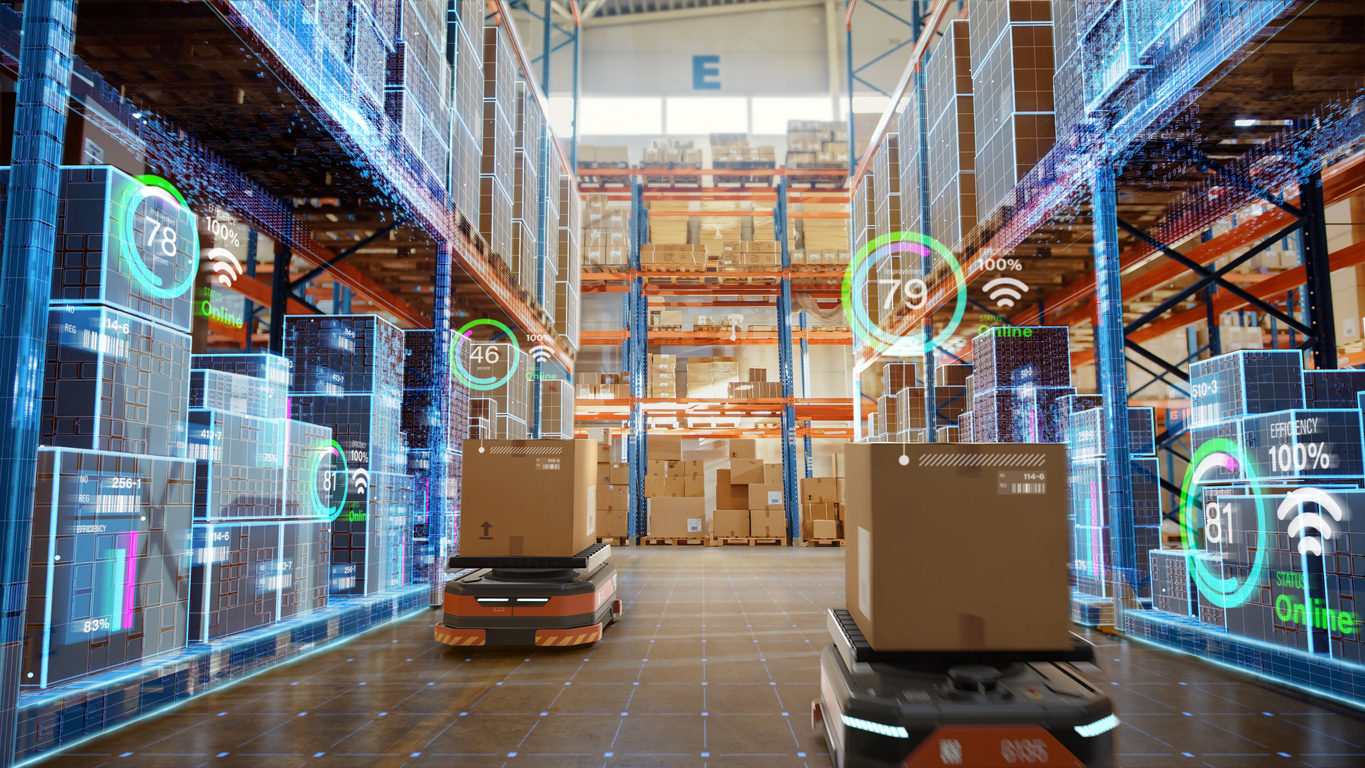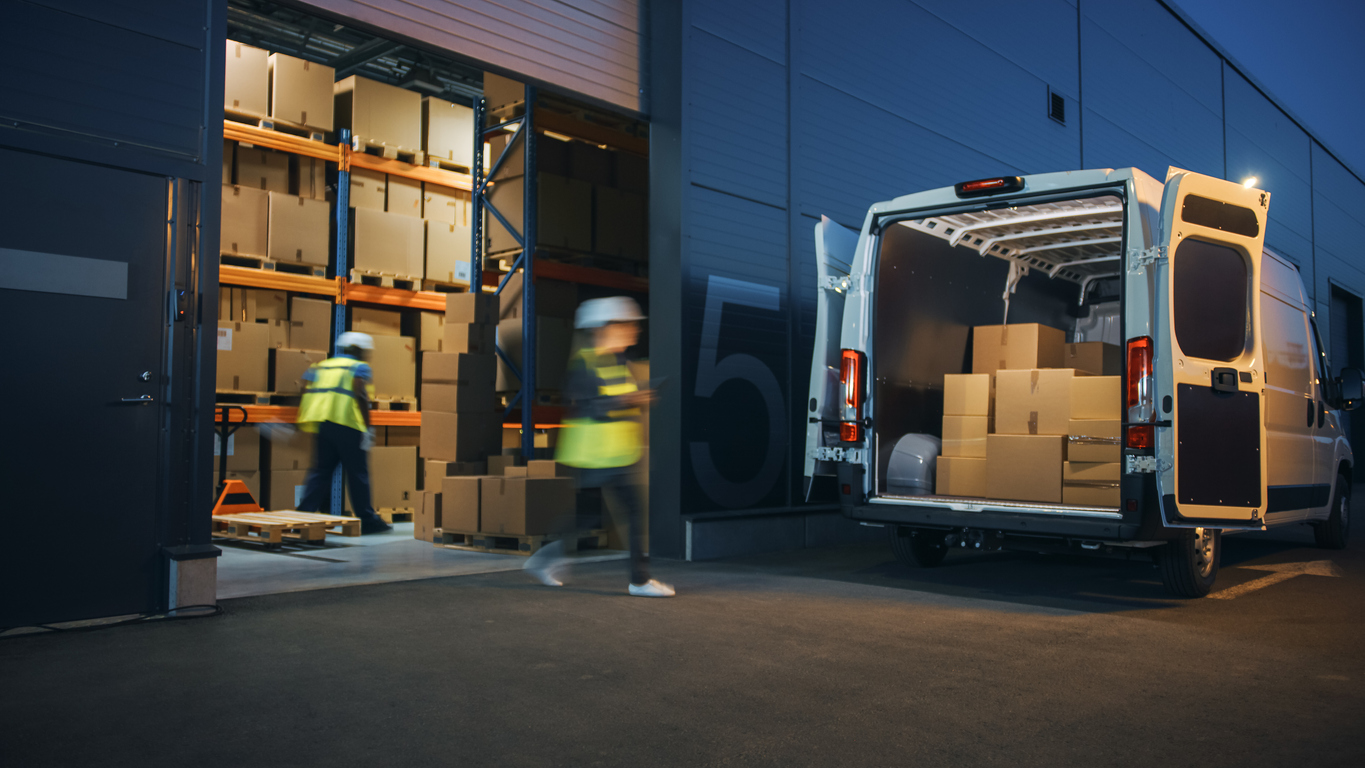3 Ways to Achieve Integrated Multichannel Fulfillment Mastery
Not that long ago, consumers went to brick-and-mortar stores for everything from bathroom tiles to holiday socks. When they left the store, their purchases went with them. If the item required delivery, a date and time were scheduled based on product availability. Suppose the store had the items in stock, delivery could be a matter of days. If not, delivery had to wait until the item came from a distribution center or manufacturer. Shipments were planned.
Today’s consumers can choose to buy items from physical stores or online. They can purchase items from websites, marketplaces, or social media outlets. Because products ship direct to the consumer (DTC), many eCommerce merchants allow buyers to pick their delivery speed. What ships on any given day is at the whim of the consumer.
To remain competitive, logistics companies must master both fulfillment models. More importantly, third-party logistics (3PL) providers must master the integration of multichannel fulfillment models to ensure profitability. Operating separate channels does not leverage the synergies available with an integrated system.
Use Advanced Techniques for DTC Fulfillment
The fluidity of DTC fulfillment requires technology. Manual processes for managing inventory, tracking shipments, and processing returns become time-consuming when orders arrive from multiple channels. Keeping pace without technology can lead to inaccuracies that result in out-of-stock items or unused inventory. Analytics can help forecast demand. Automation can expedite warehouse operations. Together, they create an agile organization with the resilience to withstand market disruptions.
Automation
A 2022 report found 58 million parcels traversed the United States every day. That’s about 675 packages per second. Granted, not every item was a DTC delivery, but they did compete with other shipments for a place on a truck, train, or plane. Automation can ensure that orders are processed quickly to ensure prompt and accurate delivery.
For example, automated mobile robots (AMRs) can be used to sort and pick items. With digital tagging, AMRs can quickly locate items for fast order processing. With electronic identifiers, AMRs operate more accurately 24/7/365.
Moving labor-intensive tasks to automated systems can increase productivity as employees are free to address customer-facing efforts. Installing Internet of Things (IoT) devices such as sensors means environmental conditions can be monitored and alerts sent if conditions fluctuate.
Automated devices operate consistently across all channels. They can collect data and transmit it to a centralized location for comprehensive reporting. Inventory can be reported at the brand or channel level, giving customers a complete view of their product line. The shared data can be used to create models for forecasting. These capabilities add to an organization’s integrated multichannel fulfillment mastery.
Analytics
Advanced analytics uses data to forecast demand. The predictions can help maintain optimum inventory levels across all fulfillment channels. Incorporating artificial intelligence (AI) into analytics can provide 3PLs with real-time decisions that maximize their logistics networks. Making a small adjustment to a transport route could save hours of unnecessary delays.
Model algorithms can identify trends to help predict market changes or supply chain disruptions. If the logistics provider has an integrated system, they can process orders from e-commerce platforms for shortened lead times. Integration should extend to the back office to achieve integrated multichannel fulfillment mastery.
Warehouse operations and inventory management software can integrate with automated devices and analytic programs to facilitate payment and invoicing. Relying on digital data received from the warehouse floor ensures invoice accuracy. Employees do not have to re-enter data, which can lead to unintentional errors.
Agility
Automation and analytics form the foundation for an agile organization. With advanced technologies, 3PLs have the flexibility to scale services to meet market fluctuations. Analytics can provide predictive models to help forecast demand for seasonal products, ensuring inventory levels match demand.
Agility enables logistics companies to pivot to avoid disruptions. Whether a short-term weather delay or a longer geopolitical event, integrated multichannel fulfillment mastery builds an infrastructure to support DTC fulfillment. Mastery requires incorporating retailer fulfillment into a DTC process.
The Impact of DTC on Retail Logistics
Retailers are faced with a balancing act. How many physical outlets should they maintain? What percentage of products should be available online? Finding the right balance is essential to knowing how much inventory is needed for a given product line. It also requires a logistics network that can deliver integrated services for a seamless consumer experience.
Balancing Multichannel Fulfillment
Despite the hype, 81% of retail purchases occurred offline in 2021. In 2022, offline retail purchases made up 79% of the annual US total. While the trend is moving in favor of e-commerce, brick-and-mortar stores are far from finished. The difficulty for retailers is deciding the number and location of their stores and what product lines should be available online versus in stores.
Not only do retailers have to balance offline versus online sales, but they must also determine how much of each item to ship to each store. That can become a complicated algorithm. Integrating DTC and retailer logistics ensures customers receive accurate data on inventory levels across all channels.
Consolidated information allows retailers to fine-tune their deliveries. For example, retailers could decide to delay shipments of fall inventory to retail locations because of extreme weather conditions that make it less likely for consumers to buy. Instead, they move inventory to centers that service DTC channels where external environments have less of an impact. Monitoring inventory levels provides insights into when to shift inventories.
Adding a Wholesale Channel
Some retailers are selling DTC brands in their stores. For example, Nordstrom has a wholesale agreement with Casper to sell their mattresses in their stores. The arrangement works well for Nordstrom, which is trying to attract younger buyers to its stores. It helps Casper reach additional markets that it desperately needs, as it has yet to show a profit since going public in 2020.
Wholesale fulfillment is another channel that 3PLs should include in their integrated logistics plan. DTC merchants may not have retail stores in their business model; however, they are aware of the consumer’s desire for in-person buying. As a result, they need physical outlets for their products.
Take Casper, for example. Mattresses are big-ticket items with a recommended purchase rate of five to ten years. If the company remains a DTC-only enterprise, it would overlook the 79% of shoppers who do not buy online. The Nordstrom connection makes their inventory available to a wider market. 3PLs need an integrated fulfillment model that supports wholesale deliveries from DTC-dominant merchants.
Create Hybrid Retail Logistics Systems
Hybrid retail is like hybrid offices. It’s part digital and part physical. It will most likely be the business model for the near future.
Consumers no longer distinguish between digital and physical shopping experiences. They expect a seamless multichannel journey from browsing to delivery. The paradigm requires integrating warehouse operations to provide a holistic view for customers and 3PLs alike.
Mastering integrated multichannel fulfillment means creating a system that delivers supply chain visibility and transparency. It uses advanced technologies to leverage data for improved analytics. Automation brings channel-agnostic capabilities that reduce human intervention and increase accuracy.
Visibility
The lack of supply chain visibility came to the forefront in 2020 when disruptions saw empty shelves and long lead times. Nowhere was that more apparent than logistics. Container ships became lost at sea because of restricted port access that left vessels floating offshore for weeks. With limited visibility, retailers could not assure consumers of availability.
Recent research shows that 42% of companies have comprehensive supply chain visibility, and another 33% are in a proof-of-concept stage. Logistics firms with integrated multichannel fulfillment mastery can deliver the end-to-end visibility needed for supply chain resiliency that retailers and online merchants require.
Transparency
Supply chain transparency enables each contributor to see potential risks, such as supplier disruptions. It also exposes any ethical lapses or environmental concerns in regulated industries such as pharma and food. Transparency requires end-to-end item-level traceability.
Integrated multichannel fulfillment mastery enables manufacturers and suppliers to achieve the traceability needed to remain in compliance and reduce fraud. For example, mislabeling and brand counterfeiting cost businesses $30 to $40 billion (US) per year globally.
3PL providers with integrated systems can provide item-level serialization through technology such as RFID to ensure supply chain transparency and traceability. Whether the food product is shipped to retailers or DTC, the item-level tagging ensures a high level of compliance. Without technology, logistics companies face a labor-intensive effort at increased costs.
Integration
No one can predict the future; however, recent changes in supply chain operations indicate a paradigm shift that requires integrated multichannel fulfillment mastery. 3PLs must build hybrid supply chains that deliver comprehensive views at an itemized level (if needed) across all channels. They need systems that differentiate DTC, retailer, and wholesale delivery while maintaining a holistic view of inventory levels and delivery metrics.
Visibility, transparency, and traceability have become essential components of resilient supply chains. Finding logistics providers with hybrid supply chain models ensures the delivery of critical features of a future-proofed logistics model. To experience integrated multichannel fulfillment mastery, contact us for more information.










